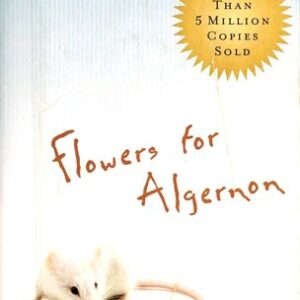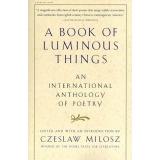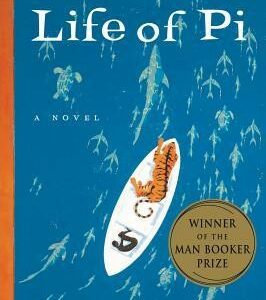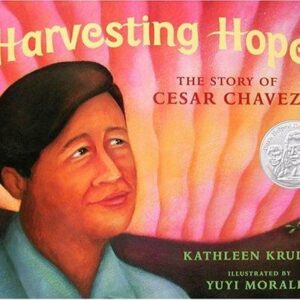Description
Grootenboer considers painting as a form of thinking in itself, rather than a subject of philosophical and interpretive thought.
While the philosophical dimension of painting has long been discussed, a clear case for painting as a form of visual thinking has yet to be made. Traditionally, vanitas still life paintings are considered to raise ontological issues while landscapes direct the mind toward introspection. Grootenboer moves beyond these considerations to focus on what remains unspoken in painting, the implicit and inexpressible that manifests in a quality she calls pensiveness. Different from self-aware or actively desiring images, pensive images are speculative, pointing beyond interpretation. An alternative pictorial category, pensive images stir us away from interpretation and toward a state of suspension where thinking through and with the image can start.
In fluid prose, Grootenboer explores various modalities of visual thinking— as the location where thought should be found, as a refuge enabling reflection, and as an encounter that provokes thought. Through these considerations, she demonstrates that artworks serve as models for thought as much as they act as instruments through which thinking can take place. Starting from the premise that painting is itself a type of thinking, The Pensive Image argues that art is capable of forming thoughts and shaping concepts in visual terms.
Hanneke Grootenboer is professor and chair of art history at Radboud University in Nijmegen, The Netherlands. She is the author of The Rhetoric of Perspective: Realism and Illusionism in Seventeenth-Century Dutch Still-Life Painting and Treasuring the Gaze: Intimate Vision in Late Eighteenth-Century Eye Miniatures. Her work has been published in Art Bulletin, Oxford Art Journal, Art History, and numerous other outlets.
Art as a Form of Thinking
Part I | Defining the Pensive Image
Chapter 1 | Theorizing Stillness
Chapter 2 | Tracing the Denkbild Part II | Painting as Philosophical Reflection
Chapter 3 | Room for Reflection: Interior and Interiority
Chapter 4 | The Profundity of Still Life
Chapter 5 |Painting as a Space for Thought
Painting’s Wonder
Acknowledgments
Notes
Bibliography
Index
"What does it mean to say a painting thinks? The central claim of this invigorating book is not that a painting can show thought happening, as in depictions of melancholics musing, head on hand; nor that it can illustrate philosophical concepts. Nor does Hanneke Grootenboer want to argue that a painting is a way of working out a philosophical conundrum; nor even that it can prompt theorisation about the nature of reality, artifice and representation. She argues, instead, for something weirder–and more suggestive. . . . she asks: 'Do we, as viewers, find ourselves pondering these things, or is the painting as such pensive?' Grootenboer wants to affirm the latter."
"Ideas in Grootenboer’s sense are arresting, Benjaminian, and, therefore, fit for the still medium of painting, where, in her beautiful examples, they crystallize into dangling ribbons, inverted flowers, sliding dewdrops, and teetering gooseberries. . . . Though this book is full of beauty and pleasure, the adjective “pensive” is not, finally, the happiest to attach to the thinking subject—a person or work of art. In Grootenboer’s own words, the pensive image gives rise to an 'uneasy and indeterminate state of openness that allows for the unthought to surface.' As such, the pensive image extends an invitation to take a hard look at things."
"This deeply thoughtful and compact book, like a self-aware image, also stimulates in its own right, prompting a reader toward unpredictable, wide-ranging pathways during engagement with it. Every sentence, every reference, gives pause, leading to other thoughts or thinkers about art, including contemporary art."
"Grootenboer opens up innumerable possible directions in which the reader’s mind could fruitfully err, juxtaposing different viewpoints and insights whose encounters incessantly ignite exciting intellectual sparks . . . one is then mesmerized by the exquisite profundity of some paintings, by the beauty of thinking crystallized into images and then 'melting' once again into a stream of contemplation, and by the lofty level of thinking attained through the collaboration, over centuries and continents, between a few brilliant artists and an attentive, insightful viewer who chose to work as an art historian, transforming visual thought into fine discursive language."
“Grootenboer’s book provides an accessible, clear, and innovating means of thinking about being by revealing a new philosophical subject: artworks.”
“Is there a kind of thinking that painting, or photography, can do, which ‘thinking in words’ cannot? What kind of realm do viewers enter when they go somewhere with an image? Are there pictures that are especially good to think with? These are the questions of Grootenboer’s unflinching, generous book, and her conclusion is pungent: ‘Philosophy . . . needs art to say what it cannot say.’”
“Thinking with Grootenboer is an unequivocal delight. The Pensive Image recuperates the vibrant invitations to contemplate and reflect that lurk in the quiet corners of Dutch art. Grootenboer’s philosophical insight and deft eye for the unexamined detail meld in a book that is refreshingly original and truly engaging at every turn.”
“It’s wonderful to finally have this book. For nearly a century now, the history and philosophy of art have been gathering ideas about how pictures seem to embody thought, rather than simply announce narratives or messages. The literature on this subject is bewilderingly diverse, and this is the first book to bring together compatible insights from writers as diverse as Diderot, Winckelmann, Merleau-Ponty, Heidegger, Damisch, Deleuze, Clark, Rancière, Marin, Mitchell, and Barthes. The result is a coherent account of the thought that sounds in ‘stilled images’ of all kinds.”










